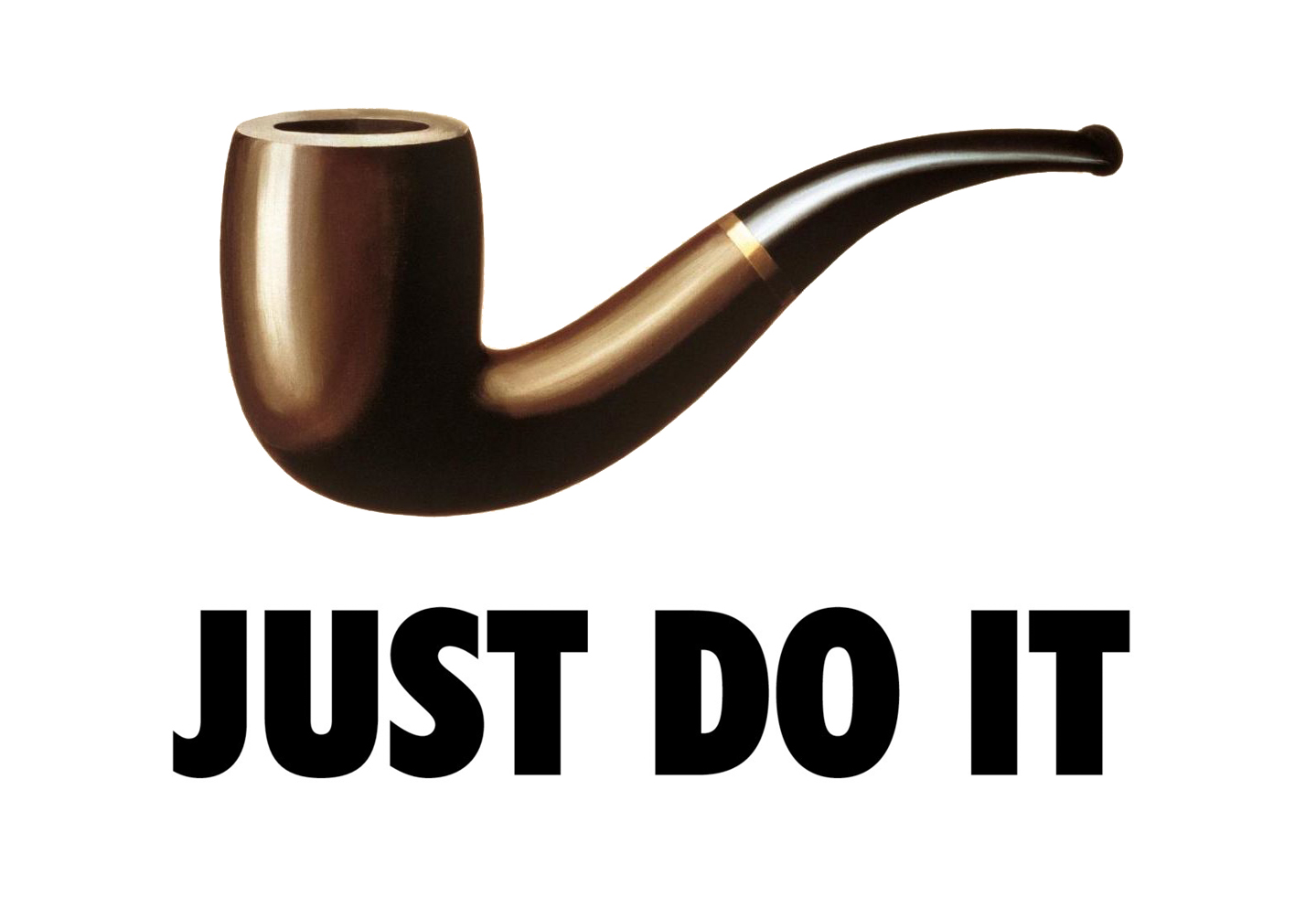Supreme Court Sends Bad Spaniels Back to Obedience School, Leaves Rogers Test Mostly Intact (original) (raw)
The question of when you can use a trademark is one we see all the time—and one that is often misunderstood. Many of the world’s largest and most powerful companies are fanatical about their trademarks. But that means the public is often in the dark about how their First Amendment rights stack up to the censoring power of trademark rights. All of this came to a head in a case about a dog toy.
The U.S. Supreme Court issued a decision Thursday in Jack Daniel’s Properties v. VIP Products, a trademark case we weighed in on in an amicus brief. The main question before the Court was whether the Rogers test—a special test for trademark infringement that’s more protective of free expression—should be applied to VIP’s parody of Jack Daniel’s trademarks for a “Bad Spaniels” dog toy. Novelty dog toys aren’t exactly our usual focus at EFF, but this case was an important one because the Supreme Court had never ruled on whether the Rogers test is valid at all. Activists, artists, and regular internet users frequently use trademarks for expressive purposes, and the Rogers test provides important protection from legal threats.
The good news is that the Court didn’t reject the Rogers test, nor did it change the test itself. Instead, it ruled against VIP on narrower grounds, holding that Rogers’ heightened First Amendment protections didn’t apply because VIP was using “Bad Spaniels” as a trademark of its own—that is, to identify the source of the product.
As the Court explained, the defining characteristic of a trademark is that it signals the source of a good or service to consumers. For example, when you see the word “Oreo” on a package of cookies, you know those cookies came from the same company as every other pack of Oreo cookies. That makes “Oreo” a trademark. On that same package, you might also see the words “chocolate sandwich cookies.” That gives you some information about what’s inside, but it doesn’t tell you anything about who made the cookies—so that phrase is not functioning as a trademark. Trademark law rests on the assumption that knowing who made your cookies (or dog toy, or whiskey) helps you decide what to buy. The law regulates the use of trademarks so that consumers can confidently rely on their associations between trademark, source, and experience.
In the Court’s view, using someone else’s trademark (or a modified version of it) to designate the source of your own goods “falls within the heartland of trademark law” and therefore does not merit heightened First Amendment protection, even if you’re also using it to convey some other message. If you’re not using the trademark as a source identifier at all, though, the Rogers test may still apply to any infringement claim against you.
We’re relieved that the Rogers test remains mostly intact, and we’d like to think that our amicus brief on the social importance of expressive trademark uses and the Rogers test helped persuade the Court to keep its holding narrow. Still, we do have concerns about how the Court ruled.
One problem is that First Amendment interests may warrant heightened protection even for source identifiers when they’re attached to expressive works. As we explained in an amicus brief we filed in a Ninth Circuit case about a news outlet’s use of the name “Punchbowl News,” source-identifying terms may also be important components of a speaker’s expression. Moreover, the First Amendment stakes are always higher in trademark cases involving expressive works because a ruling can result in the elimination of information and ideas from the public sphere. The Ninth Circuit initially issued an opinion agreeing with us. But when the Supreme Court granted review in Jack Daniel’s, the Ninth Circuit put enforcement of its decision on hold pending the outcome of this case.
What’s worse, even non-source-identifying expression may be harmed if a court gets it wrong or if the burden of disputing this question chills lawful expression. In some cases, the challenged use will obviously not be acting as a source identifier and so the Jack Daniel’s decision will make no difference. Think of Andy Warhol’s paintings of Campbell’s soup cans: No one would ever think the inclusion of Campbell’s trademarks was meant to tell you who made the paintings. But there will be closer cases, too. For example, a t-shirt that has Nike’s “JUST DO IT” trademark under an image of the vaguely swoosh-shaped pipe from René Magritte’s painting “The Treachery of Images.” We think it’s obvious that the graphic is not functioning as a trademark. But this could look closer to how Nike uses its own marks, and courts are already more reluctant to apply the Rogers test in cases involving t-shirts or other mediums that they see as “commercial” rather than traditional art forms, even though the associated expression is no less valuable.

Finally, it’s troubling that the Court went directly from concluding that source-identifying trademark uses fall within trademark law’s “heartland” to concluding that no further First Amendment scrutiny was needed. That approach is in line with a frustrating trend in trademark and copyright cases to dispense with the traditional—and more protective—forms of First Amendment analysis applied to restrictions on speech in other areas of law. Congress’s own efforts to accommodate free speech concerns notwithstanding, statutory rights never trump Constitutional rights, and we’re disappointed that the Court did not evaluate the issues here accordingly.